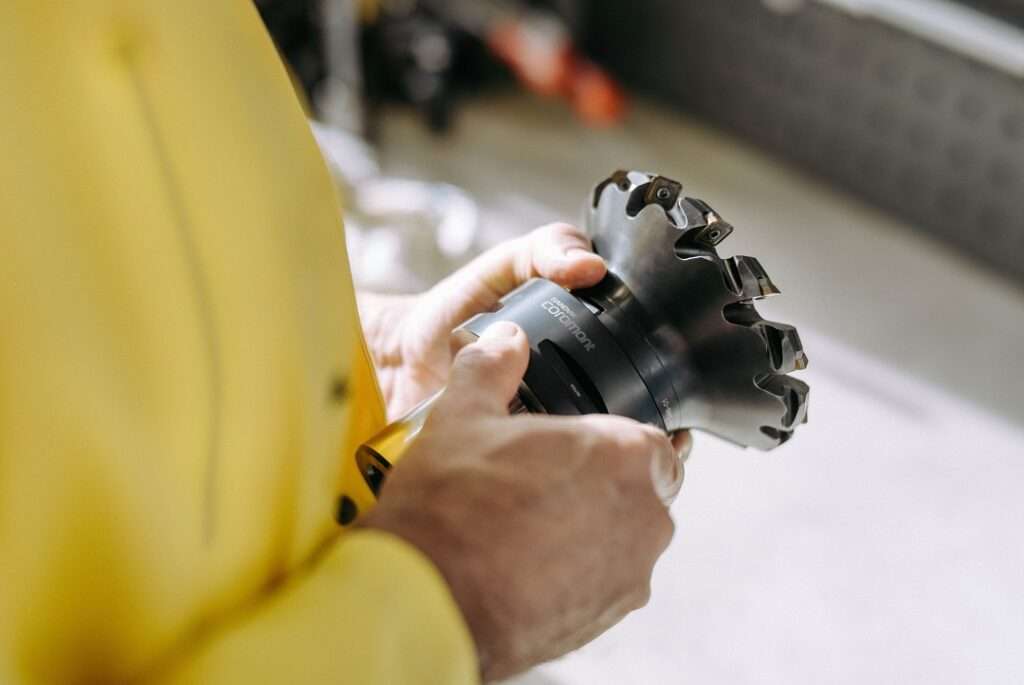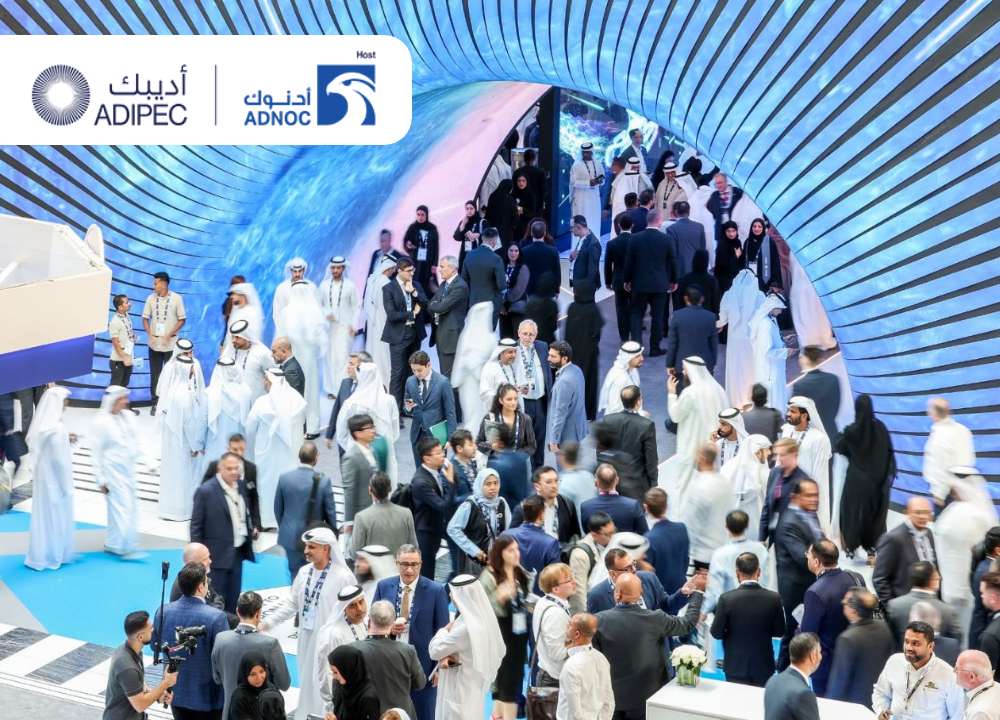Dürr has introduced its new Advanced Analytics Smart AC software module, which enhances the flexibility and efficiency of temperature and humidity regulation in supply air systems. This innovation makes air conditioning—one of the most significant energy users in paint shops—much more energy-efficient. For example, a supply air system with a 350,000 m3/h capacity equipped with DXQ software can reduce annual energy costs by around 30,000 euros, regardless of the climate at the location.
Supply air systems are crucial in automotive paint booths, ensuring optimal temperature and humidity for high-quality surface coatings, while also creating comfortable working conditions and an ideal environment for paint storage. However, air conditioning is typically energy-intensive as outside air must be continuously conditioned. “Until now, air conditioning has accounted for about one-third of a paint shop’s total energy consumption. To address this, Dürr has upgraded the DXQequipment.analytics software with an intelligent control system that allows operators to optimize both energy and operational costs,” said Jens Häcker, Vice President of Digital Factory at Dürr.
The Smart AC module calculates an energy-efficient range for temperature and humidity based on the system’s specific needs and local climate conditions. This range, displayed as a ‘control window,’ helps operators adjust the system more efficiently. The larger the control window, the less energy is required to manage heating, cooling, and water input. Traditional systems use fixed setpoints to maintain a safety margin, often leading to unnecessary energy consumption for heating or cooling. “Our digital solution uses an optimized control strategy that allows precise regulation within a defined range,” explained Häcker. “Instead of maintaining a fixed temperature, such as 23°C, the system can flexibly adjust between 21°C and 25°C, reducing energy use while ensuring consistent coating quality.”
The user-friendly interface provides real-time data and insights, giving operators complete transparency over the process. It displays consumption values, setpoints, and trends for booth conditions, as well as energy comparisons between the window control method and traditional point control. For example, an air supply system with a 350,000 m3/h capacity, using 80% recirculated air and needing rapid adjustments due to weather fluctuations 30% of the time, saves approximately 30,000 euros annually using the flexible window approach—regardless of location. Savings are even higher in warmer, more humid climates or areas with higher energy costs.
Smart AC is a new module of the DXQequipment.analytics software, designed by Dürr to gather, analyze, and visualize data from robots and processes. It can be integrated into both new and existing supply air systems, helping to make their operation more sustainable. This innovative approach further supports Dürr’s commitment to energy efficiency and sustainability in industrial applications.







